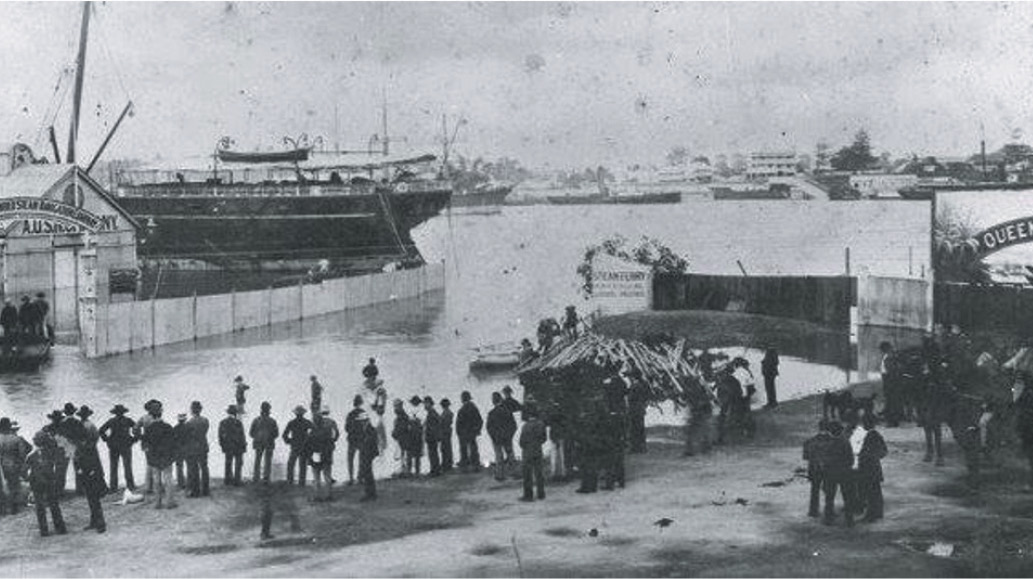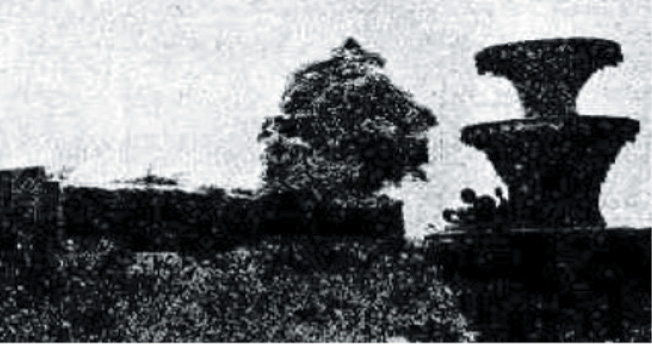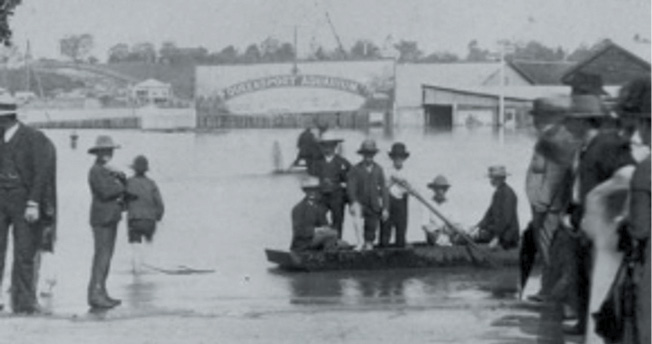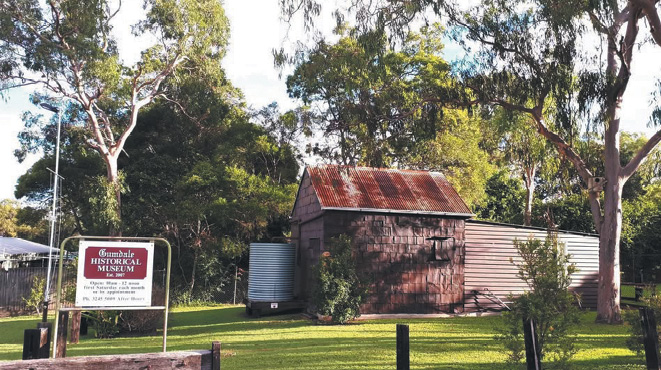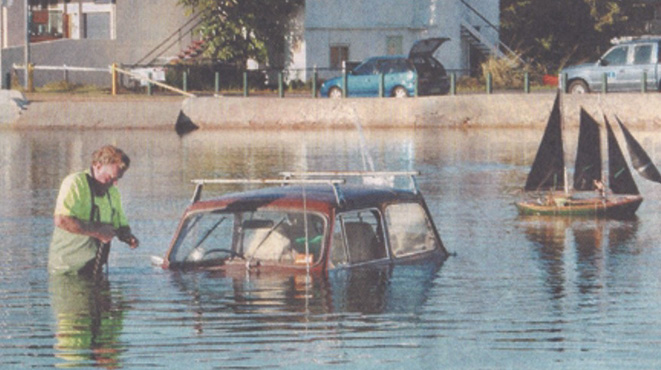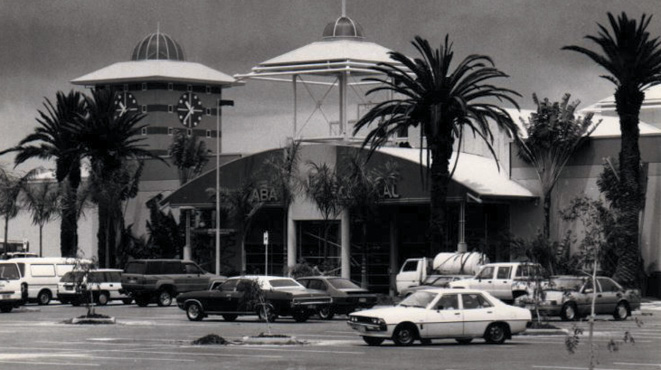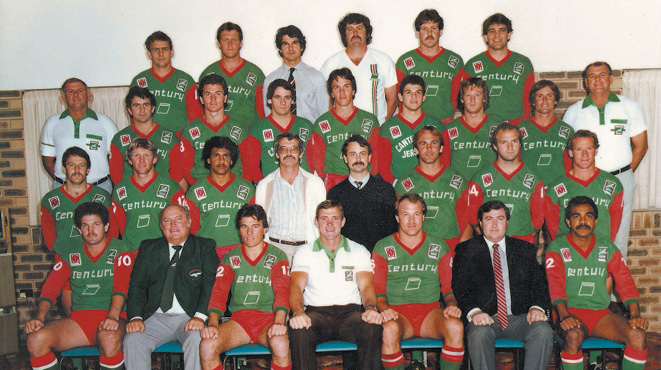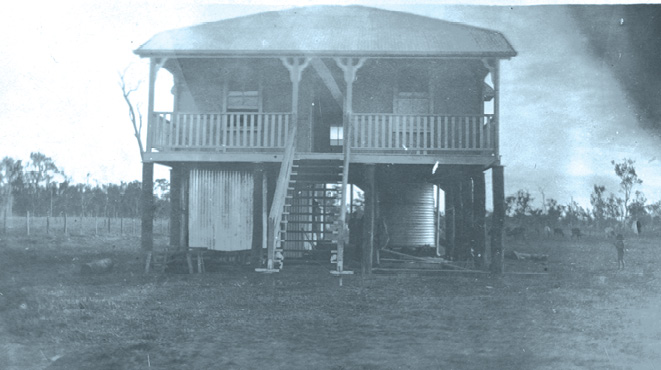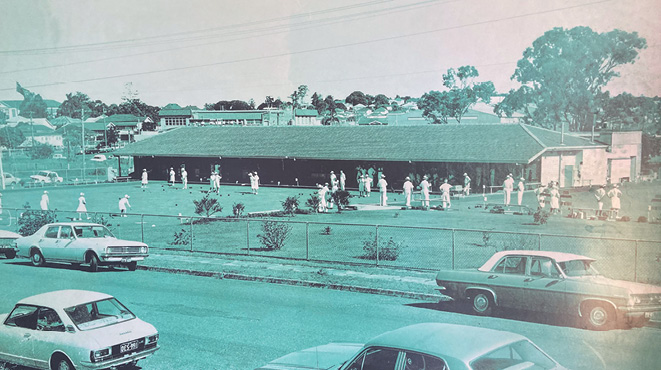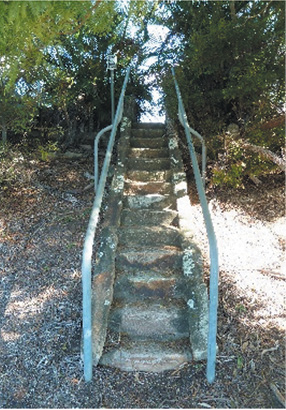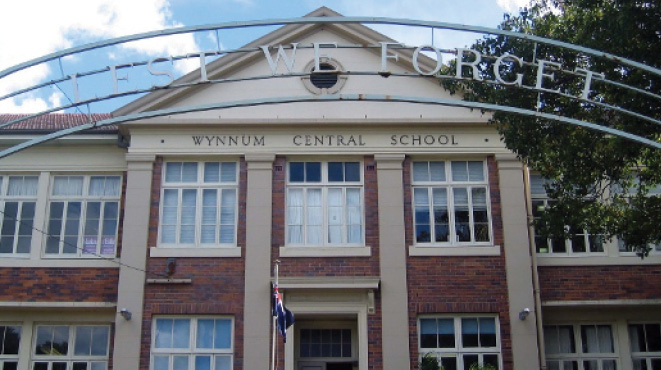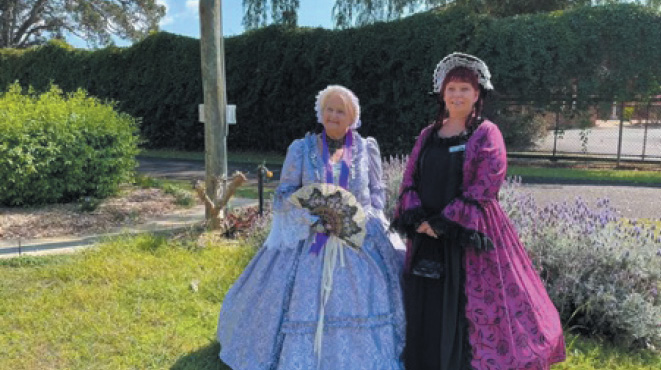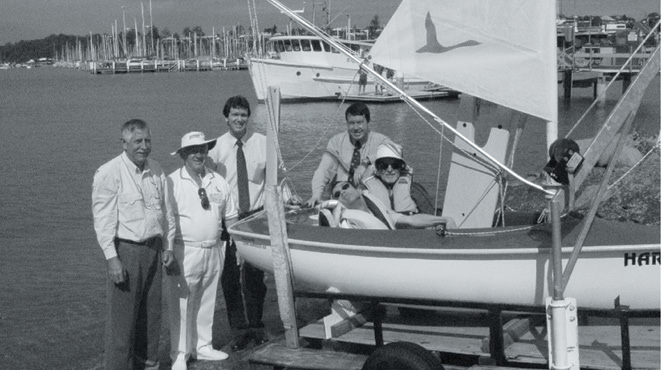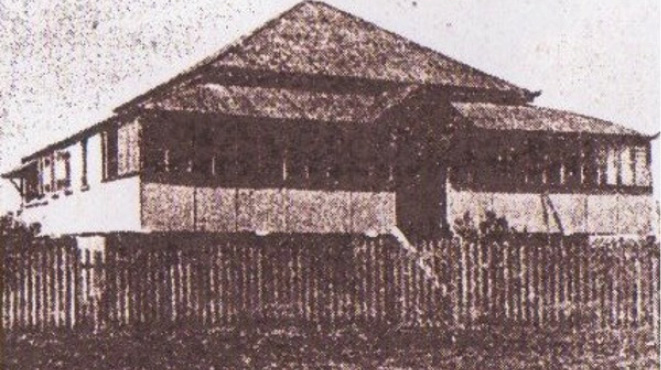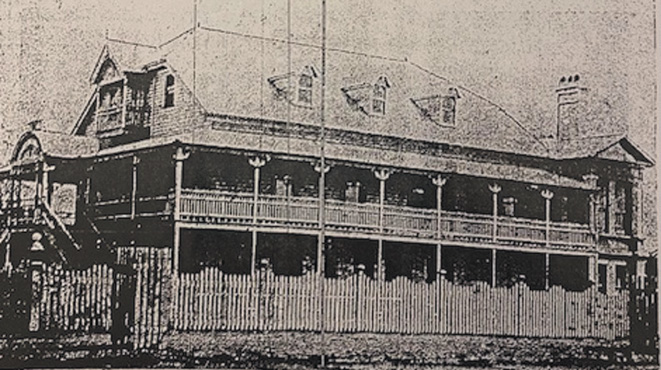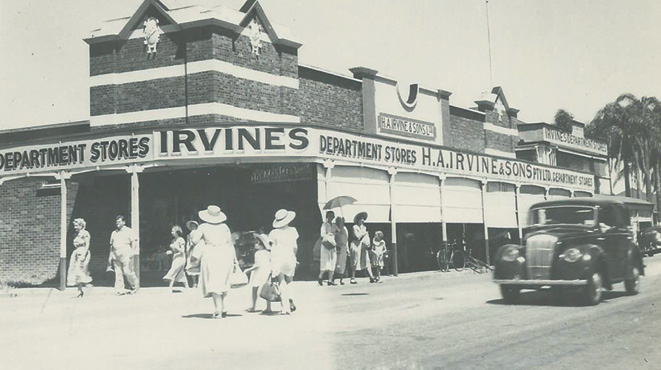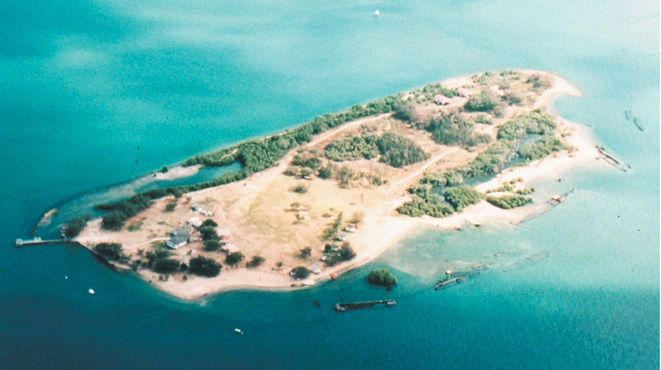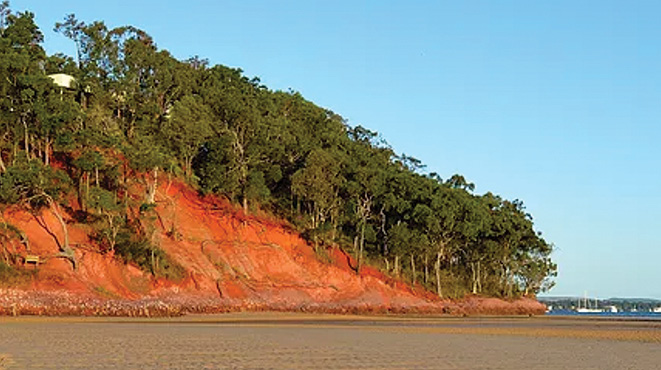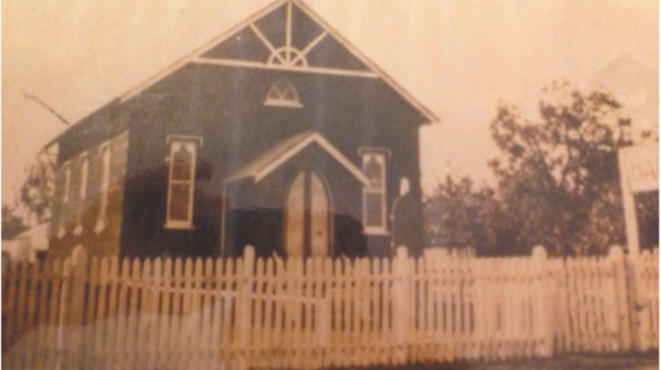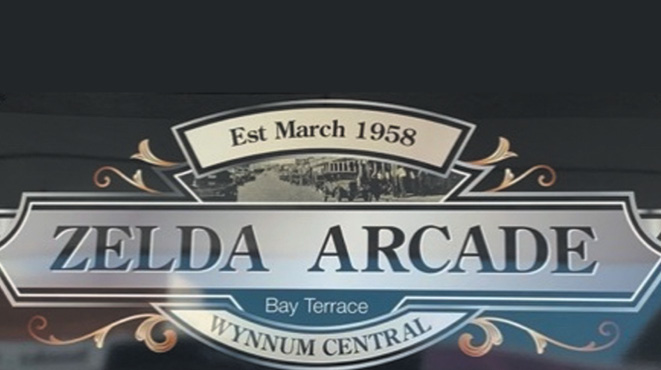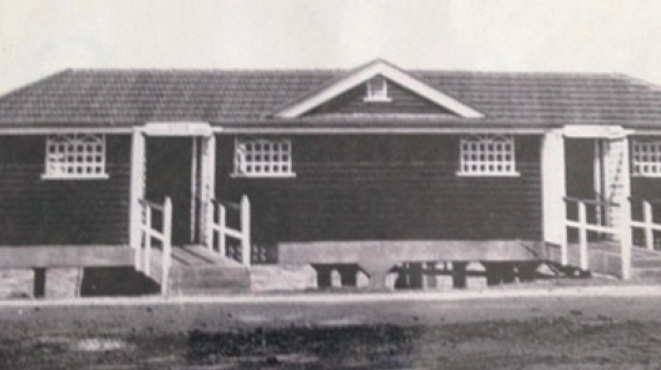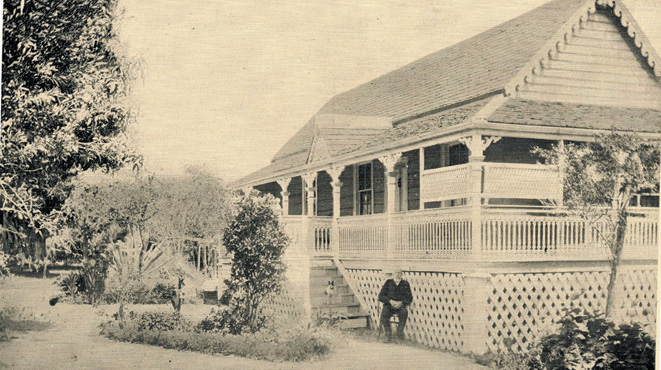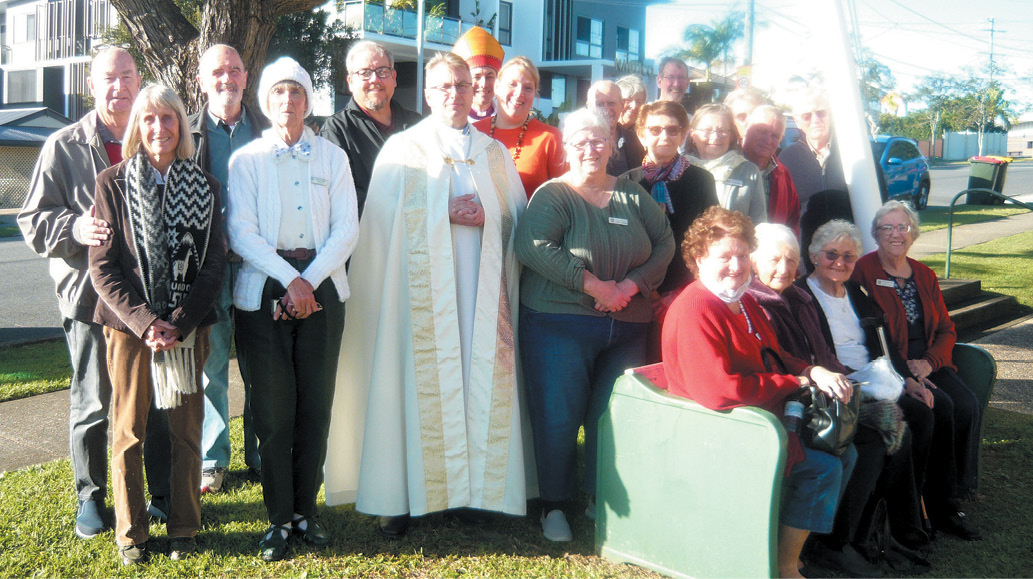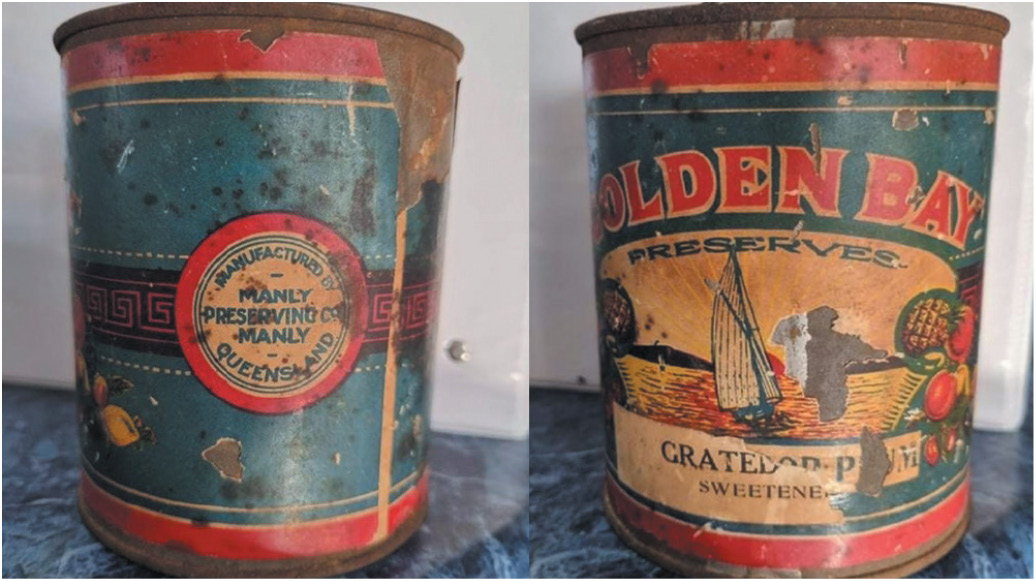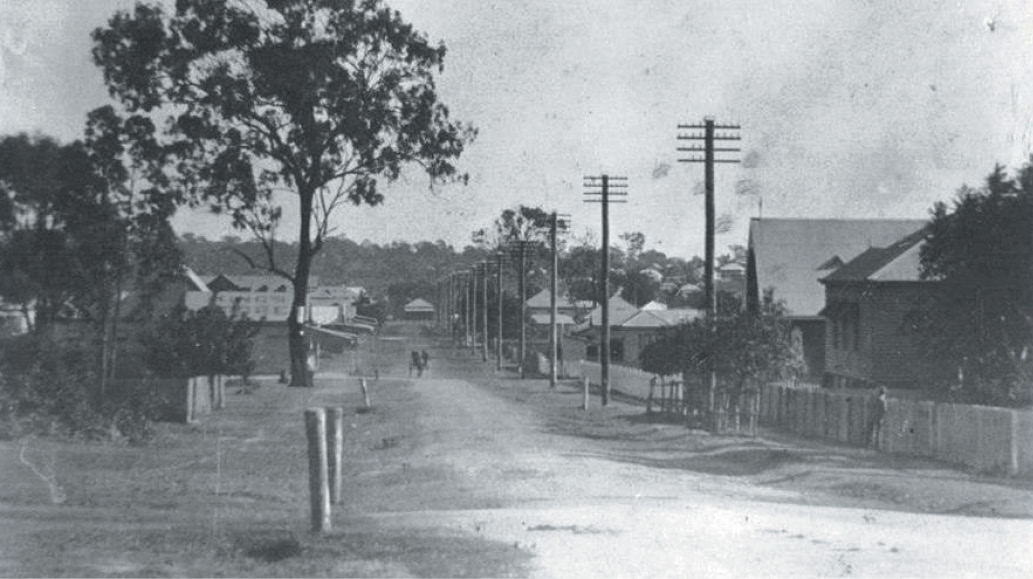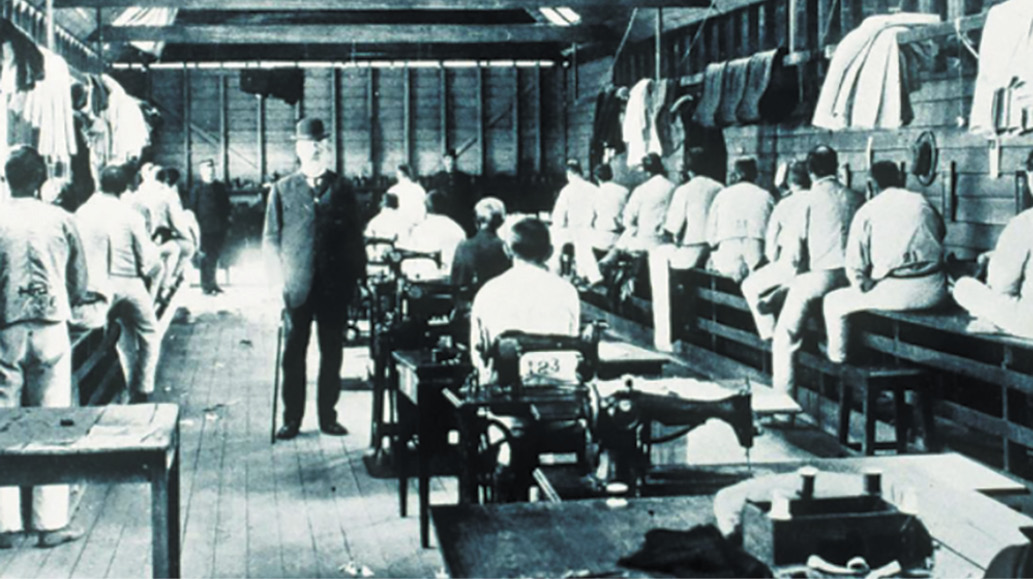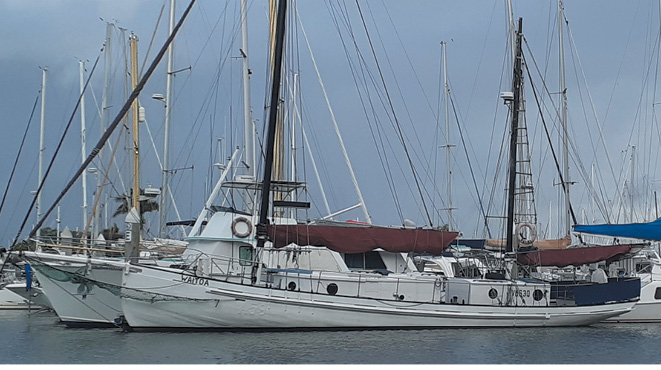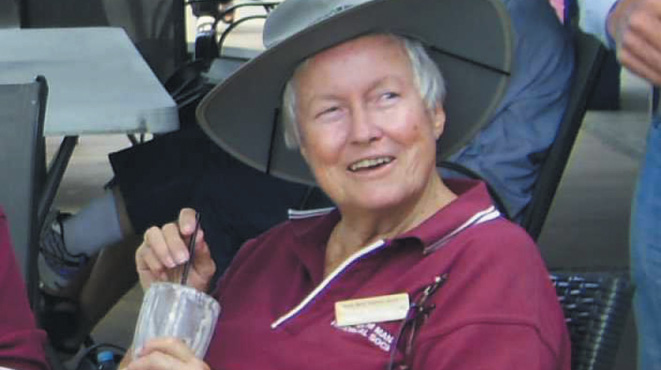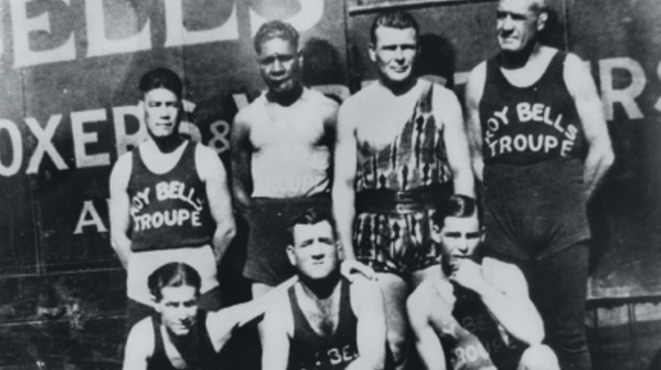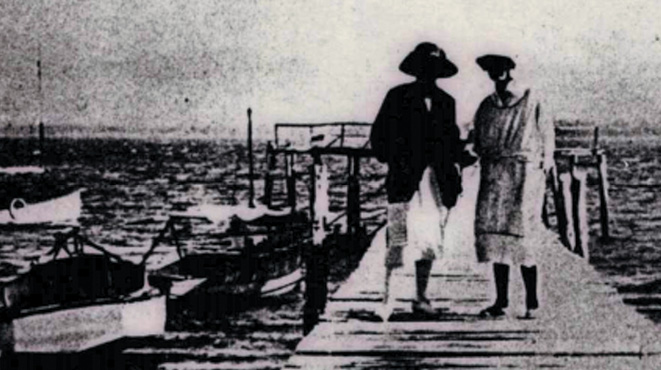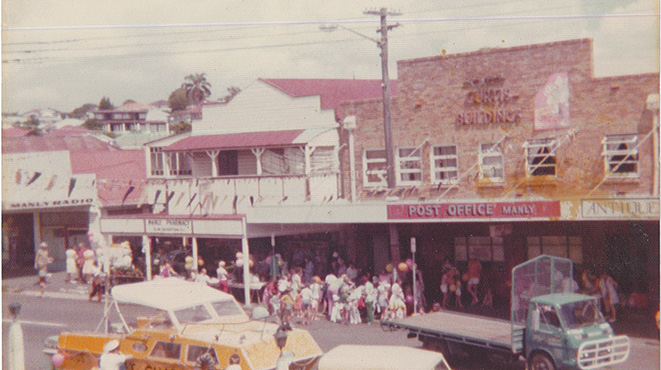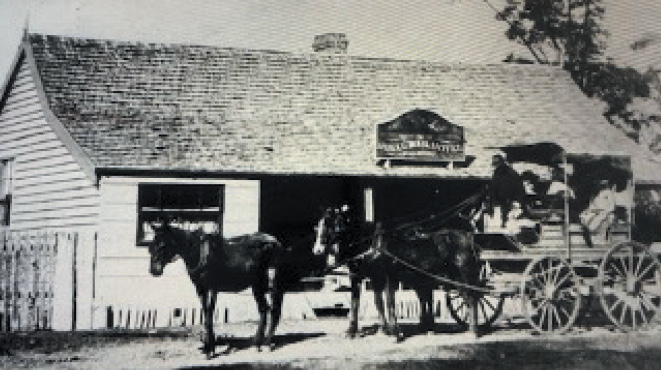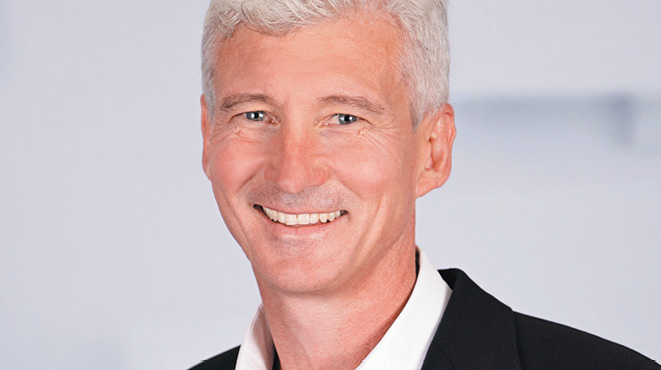Floods 1893. All photos supplied.
BY JILL GREENHILL, WYNNUM MANLY HISTORICAL SOCIETY
While trying to explain the changes seen in marine organisms between different generations, Gerard Krefft, in the New South Wales Advertiser of 15 May 1875, commented that “there was no locality on the face of the globe as favourable as Port Jackson for aquatic studies. . .but we have no public aquarium”.
Sir Henry Parkes opened The Royal Aquarium at Fletcher’s Cove, Bondi, on Wednesday, 28 September 1887. The design of the park, costing £30,000, was based on the Royal Aquarium in Brighton, England, which opened in 1872.
Mr Charles Anderson, the originator, and manager of the Royal Bondi Aquarium company, travelled to Brisbane in March 1889 to search for a suitable location for an aquarium in Queensland. Sandgate was considered. However, eleven acres of land were purchased in Hemmant Reserve, on the bank of the river. A partnership was set up between John Dunmore Campbell, Robert Philip, John Luckmann, Henry Hardwicke and Charles Anderson from Sydney and construction of the Queensport Aquarium began.
In the local press, the description of the building, the grounds and the amusements read very much like the former original press reports for the Bondi Aquarium in Sydney: a large skate rink, a double-storied pavilion, a switchback railway, aquarium tanks, and grottos. There would be first-class lawn tennis, cricket, and other grounds. Amusements, such as concerts and other select forms of entertainment would be provided in the evenings on the pavilion’s upper floor. The lower floor would house six aquarium tanks around the walls. Surrounding the pavilion, amusements would abound. There would be merry-go-rounds, a switchback railway, a seal tank and picnic areas set amongst landscaped gardens with flowers. Wild animals would live there, too, tigers, seals and baboons.
In 1888, Mr Charles Higgins, a “large powerful man”, owned a menagerie at Toombul where he bred tigers. He moved his menagerie into Brisbane Town and set up at the corner of George and Turbot Streets. He would be seen walking down Queen Street carrying a couple of tiger cubs. One day there was a commotion when a large tiger “Jimmy” escaped from his cage and mauled the attendant. Local residents were not happy and demanded the menagerie be sold. Monty Browne, a theatrical agent, purchased the animals for the Bondi Aquarium. But after a few months, the animals were still in Queensland. Five tigers, a cheetah, a panther, five dingoes, several monkeys and several snakes were then relocated to Queensport Aquarium.
Roads were rough, and bridges were few, so the main access to this new amusement park was by boat. The Company purchased three steamers, the SS Alice, the SS Natone and the SS Woolwich, to transport the crowds from Campbell’s Wharf in the city. The new single railway track to Cleveland was completed by 1889, with Hemmant station fairly close by.
Public opening day was on Saturday, 7 August 1889. Massive crowds surged onto the steamer SS Natone in Brisbane Town. In fact, two persons fell off the wharf into the Brisbane River in the chaos.
Another catastrophe occurred in April 1891. An elderly man, Stephen Popham, was riding on the switchback railway. He overbalanced and fell off as the carriage was ascending an incline. He died half an hour later.
But the Queensport Aquarium was a great success, a new phenomenon never experienced in Brisbane. The crowds continued to visit in their thousands. There were twilight river cruises. The Aquarium had an electricity supply by the end of 1889, so when lit up in the evenings, the amusement park presented a spectacular sight.
A great flood came in 1891, and the Aquarium was flooded, fences were swept away, animals escaped, and the landscaped gardens were devastated. Water from the Brisbane River backed up in Aquarium Passage, and many residents of Hemmant moved to higher ground.
In 1892, high winds blew the switchback railway into the river during a tremendous storm.
The 1890s were depression years, and Queensport Aquarium could not rise to its former glory. Another flood impacted the site in 1893. The central two-storey pavilion did survive but not much else. The pavilion hall was used for dances, meetings and concerts until 1901. But the original company became insolvent.
This site, along with others, was considered for a new plague hospital in 1900 but then rejected as being considered too close to the meat works.
In March 1901, this notice appeared in the press, advising an auction sale:
“A large building, The Aquarium Pavilion, . . . built of Oregon pine and hardwood, roofed with best galvanized iron. Cost £2,000 to build. By order of the Mortgagees.”
Today, there is a light industrial building on the former site of the Queensport Aquarium in Aquarium Avenue, Hemmant.
The Royal Aquarium at Bondi burnt down in 1891 but was rebuilt in the same year. The site became ‘Wonderland City’ in 1906.
Article compiled using information from National Library of Australia Trove database.

